When we break out a bottle of bubbly, it’s often in celebration — a special occasion or milestone. New Year’s Eve, car racing victories and anniversaries have become linked with Champagne, but the drink you use to celebrate doesn’t need to be Champagne, or even traditional method sparkling wine. The type of sparkling wine you chose to drink depends on what you like and how much you are prepared to spend.
What is Sparkling Wine?
Sparkling wine is any wine that has bubbles in it. Unlike soda pop, though, where carbon dioxide is injected into the liquid, sparkling wine owes its effervescence to a unique chemical reaction: when grape juice ferments into wine, yeasts turn the sugar into alcohol and give off carbon dioxide. When this process is controlled, and carbon dioxide retained, it essentially carbonates itself. The result is sparkling wine.
All sparkling wine start as a still wine. A second fermentation is induced by adding additional yeast and sugar to the wine before recorking. The longer the yeast stays in the bottle, the more yeasty characteristics are imparted to the wine. Sometimes a wine can lay “on lees” for up to 10 years, during which time it develops incredibly complex aromas.
And depending on whether this second fermentation is done in a bottle or in a larger pressurized tank, the sparkling wine is either considered traditional or tank method sparkling wine. The pinnacle of traditional (in bottle) method is, of course, Champagne.
Champagne vs. Traditional Method
Many wonder what is the actually difference is between Champagne and other traditional method sparkling wines? Not much. The simple truth is that all Champagne is sparkling wine, but not all sparkling wine is Champagne. The only way a bottle of sparkling wine can be called Champagne is if it comes from the Champagne region of France. Even if a bottle made in the Okanagan Valley has been made the same way and with the same grapes as a bottle from Champagne, it can only be called sparkling wine.
History of Sparkling Wine
As with much of wine, the history of sparkling wine can be traced to religious orders in France. Once bottled, wines would occasionally, if they had any residual sugar remaining, re-ferment in the bottle. And if there was any weakness in the glass, the bottle might explode. This was not an unusual occurrence and it made the job of a cellar master quite dangerous indeed!
Legend has it that Dom Perignon was the first to understand that it was fermentation that gave the wines their sparkle and another monk, Frere Jean Oudart, perfected the means for controlling the ever-important second fermentation.
The process travelled to Spain in 1872 via Josep Raventos who started producing traditional method sparkling wine in Penedes, just outside Barcelona — a wine we know today as Cava. Italians also have a number of sparkling wines made using this traditional method, such as Franciacorta. However, they are probably best known for their other great contribution to the world of sparkling wine: Prosecco.
Like Champagne, Prosecco is made sparkling by retaining the carbon dioxide of a second fermentation. However, because producers want to retain the essence of fruit, rather than yeasty characteristics, the second fermentation takes place in a pressurized tank, with limited contact with the yeast. A Prosecco should be fruity and usually has just a little bit of sweetness.
Sparkling Wine Trends in Canada
Sparkling wine continues to grow in popularity among Canadians, but Champagne is losing ground to other sparkling wines. More than three times as many bottles of Prosecco are sold as Champagne, and even Cava outsells Champagne. However, by dollar value, Champagne continues to reign supreme, accounting for almost one-third of sales of sparkling wine.
Serving Your Sparkling Wine
Sparkling wines are best served chilled and at a temperature of roughly 40 to 50 degrees in order to keep the drink fresh and crisp rather than warmer and foamy. Generally bottles will reach proper temperature after 30 minutes in a bucket of ice and water, or after a few hours of being refrigerated. Sparkling wines are shipped ready to drink and don’t necessarily benefit from the aging process.
Explore Our Sparkling Wine Collection
Would you like your celebration to feature some of the best sparkling wines from Italy and Spain? You don’t have to pay for an expensive overseas flight. We at the Small Winemakers Collection have procured a list of wonderful sparkling wines from some of the most distinguished wine regions of the world made to deliver to your door in Ontario. Please explore some of the highlights of our collection.
We pride ourselves on finding exclusive sparkling wines and deliver them to your door in Ontario . Celebrations are best spent in the company with great family and friends, as well as some of the world’s finest sparkling wine.
The Small Winemakers Collection is a Toronto-based Ontario wine agent. We supply wine to restaurants and private consumers across the province. Most of our wines are sold through the Consignment program of the LCBO’s Specialty Services department.

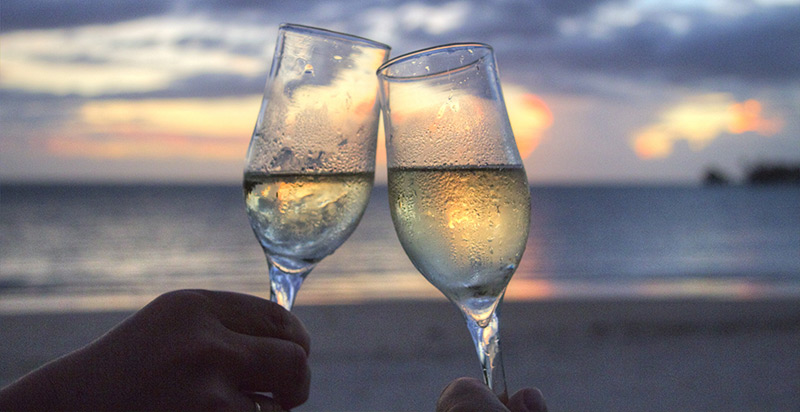
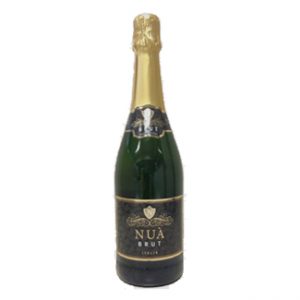
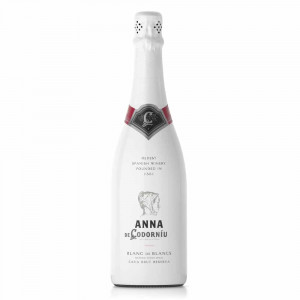
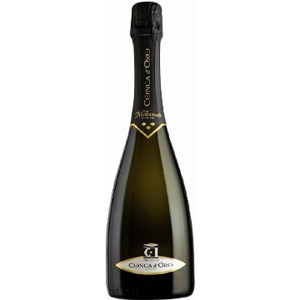
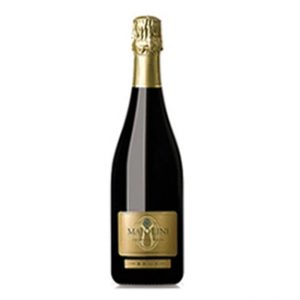
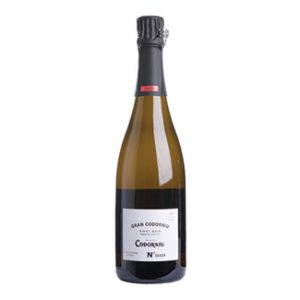
Hello, I am wondering if you can tell me anything about a 30 year old bottle of sparkling wine…… the label contains the following…
On the neck “Brut”, on the main label….. Gran 750 ml 11.5% alc/vol
Codorniu
Sparkling Wine ( also in Spanish )
Champagne Method ( also in Spanish)
Codorniu, S.A. San Sadurni De Noya
Spain
Cava
EMB. 375 B R.S.I.30.-279/B
I realize that the wine changes over time, but if there are still bubbles when it is opened, is it safe to consume????
Any info greatly appreciated. Kind regards, Michelle
Hi Michelle, this wine will be safe to consume, but it is likely well past its best. I doubt there will be any bubbles left. But why not open it and try it? let us know what its like!
I have a bottle of 2000 Liberte Brut Reserve. Product of Canada. 2000 cases produced. Special commemorative bottle made for the millennium. ERA Wines, Kelowna, B.C. Was wondering if you would know the value of it. Thank you for any input you may have.
Sorry, Annie, but I do not know of this winery and cannot find anything about it on the web.